Japan, a true Jewel of the pacific. An island nation whose inhabitants have mysterious origins. An island nation that is nearly devoid of natural resources yet the people of this island nation managed to improvise and develop a fairly advanced nation that rivaled medieval Europe all while constantly being a divided nation constantly at war with itself. After commodore Perry arrived, Japan quickly realized that it needed to adapt or be conquered. This lead to Japan industrializing faster than any other advanced country at the time and scoring a major military victory against the Russian empire which made the world realize that imperial Japan could really punch above it’s weight class. At that rate, it’s no surprise that Japan today in the 21st century is one of the most prosperous and technologically advanced democratic nations in the world who also have the 5th most powerful military despite only having a self defense force without any nuclear armaments.
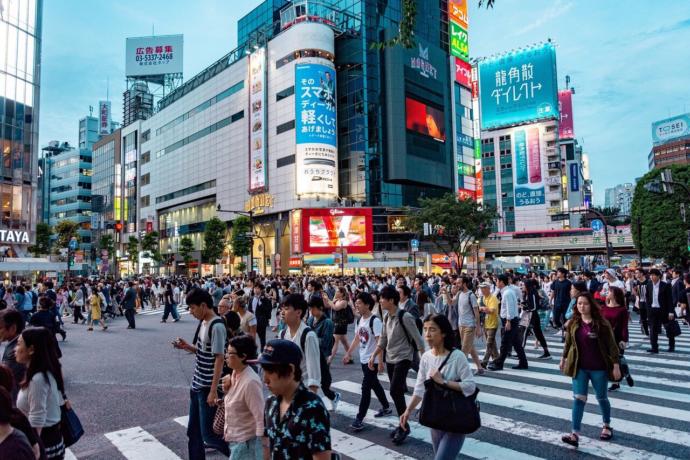
But let’s talk about a dark part of Japan’s history and that’s the aggressiveness of Imperial Japan during the 1930s and 1940s. It’s commonly believed that Japan became jingoistic and brutal the day it retired it’s samurai armor in favor of European style military uniforms during the Meiji restoration but the truth is that Japan didn’t become jingoistic and brutal until much later on.

The confusion of Imperialism and jingoism: It’s a common misconception that imperialism is always synonymous with jingoism considering that jingoism simply means fanatical patriotism combined with aggressive foreign policies. While it’s true early imperial Japan annexed several of it’s neighboring countries, it did so through treaties without aggressively storming and pillaging the countries. The brutality and jingoism of imperial Japan wouldn’t become a thing until it’s final years.

Imperial Japanese Army’s conduct in WWI: A lot of Japanophobes like to ask why Japan wasn’t punished as harshly as Germany after WWII. And the answer is that Imperial Japan was actually an allied power in WWI. In other words, it was part of the winning team in WWI(something that is often forgotten). Furthermore Imperial Japan actually treated POWs humanely during WWI, unlike it’s WWII successors. One example of this was when the imperial Japanese captured German POWs after the battle of Tsingtao. These German POWs were taken to Bando Prison camp where they were treated humanely as fellow human beings and were allowed to create their own orchestra. After the war, the German POWs were allowed to return to their home country but some chose to stay in Japan because they liked it so much. There is even a Japanese movie about this camp called “Baruto no Gakuen” which shows the friendship between the German POWs and Japanese. Furthermore, the city of Naruto became a sister city of Lüneburg in 1974.
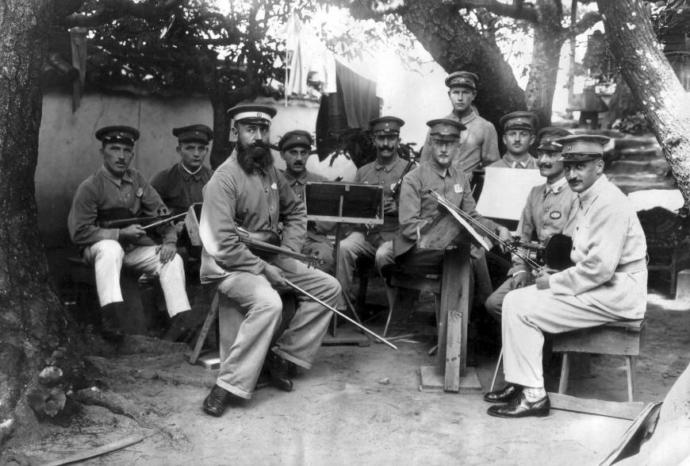
Post WWI spoils of war: Technically imperial Japan’s jingoism and brutality can trace it’s roots to the events after WWI, in which imperial Japan was given very little spoils compared to it’s European empire counterparts sitting at the winner’s table despite Imperial Japan playing a major role in the war. This is often attributed to the league of nation’s racism in which they refused to recognize Imperial Japan as one of the “big boys” because they couldn’t accept the fact that a non white nation was a world power. But even then, Imperial Japan only became bitter but not jingoistic or brutal until the 1930s. But this bitterness would cause many extremists within Imperial Japan to rise in the 1920s-1930s who would ultimately cause Imperial Japan to become a brutal totalitarian regime in 1936.
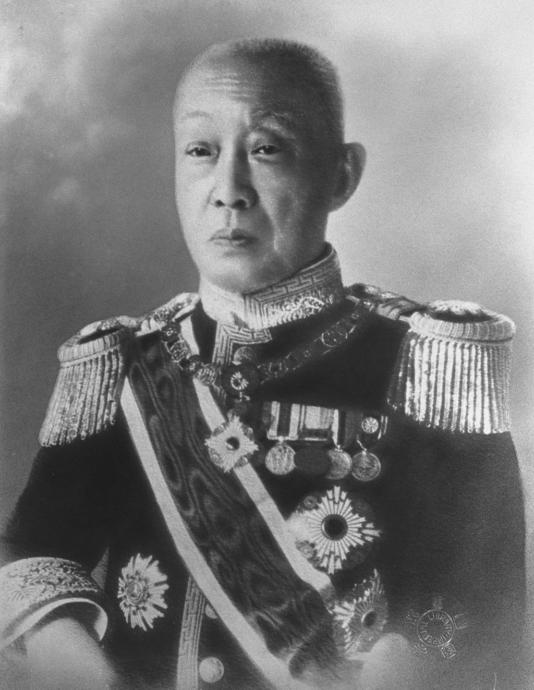
Control vs imperial: During the 1920s and 1930s, there were two factions competing against each other for control over imperial Japan. Both were expansionists but the difference is that one of the factions was less aggressive and smarter than the other.


- The kodoha(imperial way) faction led by Sadao Araki advocated for a “Northern expansion doctrine” which primarily involved a preemptive attack against Manchuria and the Soviet Union. This faction primarily favored military discipline and morale.
- On the contrary, the Tōseiha(control) faction led by Tetsuzan Nagata opposed any form of aggressive expansionism, instead it advocated for a more defensive stance against the Soviet Union and also believed in mechanizing the Imperial Japanese military in the event of a future war that would threaten Imperial Japan’s sovereignty. It still believed in expansion but instead it favored a less aggressive approach.
The two incidents of 1931: So what went wrong you may ask, despite the kodoha being the weaker of the two factions, the influence of the Kodoha had unfortunately already found it’s way into the imperial Japanese army by at least 1931 which was the year that the Japanese empire invaded Manchuria. But what many people don’t know is that the invasion wasn’t supposed to happen, at least not when it did. Prior to the invasion, two major incidents had occurred.

- The first incident was a dispute between Korean and Chinese farmers. The Korean farmers managed to gain control to some land in Manchuria and decided to dig a ditch in it. But the local Chinese farmers were not pleased and even tried to violently drive away the Korean farmers, however Japanese police managed to repel the Chinese farmers. This became known as the Wanpaoshan incident.
- The main incident that triggered the invasion of Manchuria happened a few months after the Wanpaoshan incident. What happened was that several members of the kodoha faction detonated a few explosives on train tracks owned by a Japanese company and blamed it on the Chinese. This amped up the tension between both the Kodoha and Tōseiha factions while the invasion commenced.
The Sakurakai: A somewhat of a sidekick to the Kodoha were the Sakurakai or “cherry blossom society” who tried to overthrow the civilian government of imperial Japan and install a “state socialist totalitarian regime” in March and October of 1931.Even though both coups failed and the movement was disbanded, many of it’s members “joined” or rather infiltrated the tamest Imperial Japanese faction the Tōseiha.
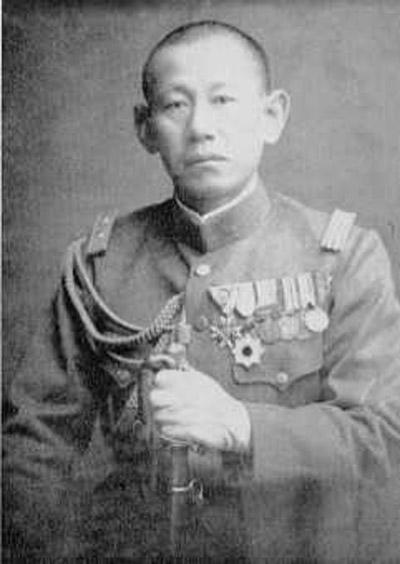
league of Blood incident: A militant cult known as the league of blood carried out two assassinations in 1932. The two victims were Junnosuke Inoue who led the constitutional Democratic Party and Dan Takuma of the Mitsui holding company. Many of the members of this cult were arrested afterwards.

The May 15 incident:In 1932, the Imperial Japanese military continued to show signs of extremism as a group of Imperial Japanese soldiers of the navy assassinated Inukai Tsuyoshi, a prime minister who was trying to halt the invasion of Manchuria. Tsuyoshi was shot to death by 11 Imperial Japanese Navy soldiers and league of blood members.
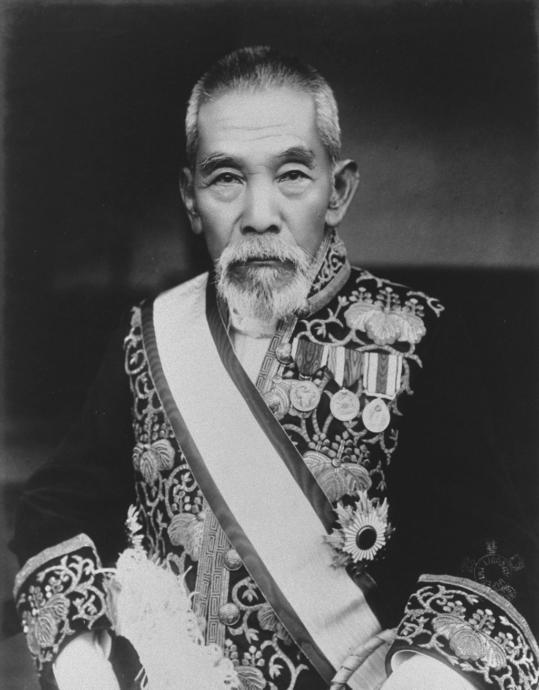
The Aizawa incident: In 1935 the leader of the more tame Tōseiha faction Tetsuzan Nagata was assassinated by Saburo Aizawa who belonged to the rival kodoha faction. Saburo Aizawa was then arrested and executed. While Tetsuzan’s death resulted in the imperial Japanese army to become more polarized, there was one more incident that ultimately turned imperial Japan into an actual totalitarian regime.
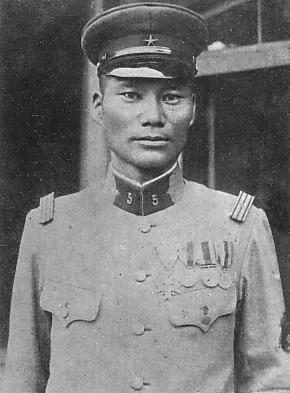
The February 26 1936 incident: Without the Tetsuzan’s guidance, the imperial Japanese army became more prone to radicalization. In fact, the kodoha being the more aggressive of the two factions launched a military coup on February 26 1936. The coup was unsuccessful due to the Kodoha being greatly outnumbered but they did manage to cause enough damage to radicalize the imperial Japanese government. Their goal was to restore the emperor’s power but in the process they assassinated several important Japanese politicians, some who even advocated the demilitarization of Japan. As a result of the destruction caused by the Kodoha rebels, civilian control of the military was rescinded in favor of the Imperial Japanese military becoming autonomous and calling the shots. And so after this coup, the empire of Japan officially became totalitarian and started to mirror it’s soon to be ally in the West, the third reich. Censorship, targeting of political opponents, fanatical Nationalism, brutality against subjugated territories all became common practices after the February 26 incident.
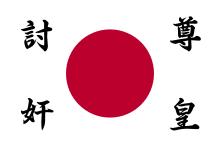
Marco Polo bridge incident/ The invasion of China in 1937: Shortly after the new Japanese military government took over Imperial Japan, the imperial Japanese government launched a full out invasion of China after some miscommunication occurred during the Marco Polo bridge in an incident which involved an imperial Japanese soldier not returning from a military exercise and the Chinese army refusing to let the Japanese search for the missing soldier. Eventually the Chinese army attacked the imperial Japanese army prompting the imperial Japanese army to swiftly retaliate and launch a full out invasion of China.
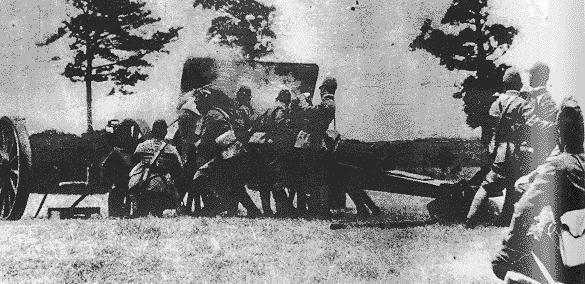
So who won between the Kodoha and Tōseiha? Well, even though the Kodoha were promptly disbanded after the failed February 26 coup which allowed the Tōseiha to assume initial dominance, the Tōseiha also gradually declined as a result of being considered “pointless” and also disbanded. So technically neither side actually won anything significant. But the the most extremist members of both factions(Primarily Tōjō and Araki) continued to influence the Imperial Japanese military up until it’s surrender in 1945.
- The Kodoha failed to accomplish their plan of getting the imperial Japanese army to invade the Soviet Union, failed at restoring the monarchy to the fullest, were ultimately disbanded and inadvertently caused Imperial Japan’s civilian led military constitutional monarchy to be replaced by a fascist totalitarian jingoistic regime.
- The Tōseiha failed to prevent imperial Japan from aggressively expanding, failed to mechanize and update imperial Japan’s military and ultimately was disbanded. The Tōseiha’s Southern expansion doctrine was adopted by the Imperial Japanese government but it was used in a much more aggressive manner than the Tōseiha wanted.
What if either faction had gotten what they wanted? Things would have definitely played out differently during the 1940s. Today there is a lot of debate as to which side would have brought about more favorable conditions for Japan. Many actually believe that had the Kodoha rebellion been successful that Imperial Japan would have gone through a less jingoistic path during the 1940s. While other believe that Tōseiha would have prevented Imperial Japan from succumbing to a jingoistic military government. But here’s three hypothetical scenarios of what could have happened if things had gone differently for Imperial Japan.
- If the Kodoha faction had gotten exactly what they wanted then the imperial Japanese army would have focused most of their resources on the invasion of the Soviet Union and ultimately the Soviet Union would have lost the war considering that the third reich would have eventually invaded from the west forcing the Soviets into a two front war all while the Soviets would have been both outnumbered and in bad shape.
- If the Tōseiha has gotten what they have wanted then the imperial Japanese army would have gradually become more advanced than it was during WWII and would also be pushing towards south East Asia while promoting themselves as “liberators” via the “Greater East Asia co prosperity sphere” idea of unifying all Asian countries.
- But if none of the incidents listed above would have happened, then chances are that imperial Japan would not have turned into a fascist totalitarian regime and would have gradually become a more democratic prosperous country on it’s own. The invasion of China would have been called off, the attack on pearl harbor wouldn’t have happened and the pacific theater wouldn’t have been a thing. It would have gone through a similar process that the UK went through after WWII.
A fresh start for Japan: As for post WWII Japan, you would assume that a country that was defeated by several superpowers at once would be a country of ruins today but on the contrary, Japan managed to quickly rebuild itself after WWII and gradually become one of the most prosperous, influential and technologically advanced nations that we know today in the 21st century. Most of the countries that were at war with Japan during WWII have reconciled with Japan and often trade with Japan. And yes, Japan has actually apologized numerous times for what happened during WWII but it rarely gets any publicity from the media.
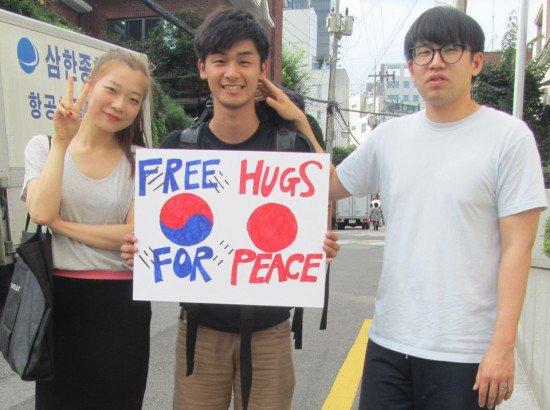
references:
https://www.japantimes.co.jp/news/2014/06/16/reference/japans-gambit-wwi-set-stage-dark-future/
https://en.japantravel.com/tokushima/bando-pow-camp-site-tokushima/12753
https://www.britannica.com/biography/Araki-Sadao#ref128504
https://www.facinghistory.org/nanjing-atrocities/nation-building/strengthening-japanese-nation
 Holidays
Holidays  Girl's Behavior
Girl's Behavior  Guy's Behavior
Guy's Behavior  Flirting
Flirting  Dating
Dating  Relationships
Relationships  Fashion & Beauty
Fashion & Beauty  Health & Fitness
Health & Fitness  Marriage & Weddings
Marriage & Weddings  Shopping & Gifts
Shopping & Gifts  Technology & Internet
Technology & Internet  Break Up & Divorce
Break Up & Divorce  Education & Career
Education & Career  Entertainment & Arts
Entertainment & Arts  Family & Friends
Family & Friends  Food & Beverage
Food & Beverage  Hobbies & Leisure
Hobbies & Leisure  Other
Other  Religion & Spirituality
Religion & Spirituality  Society & Politics
Society & Politics  Sports
Sports  Travel
Travel  Trending & News
Trending & News
Most Helpful Opinions